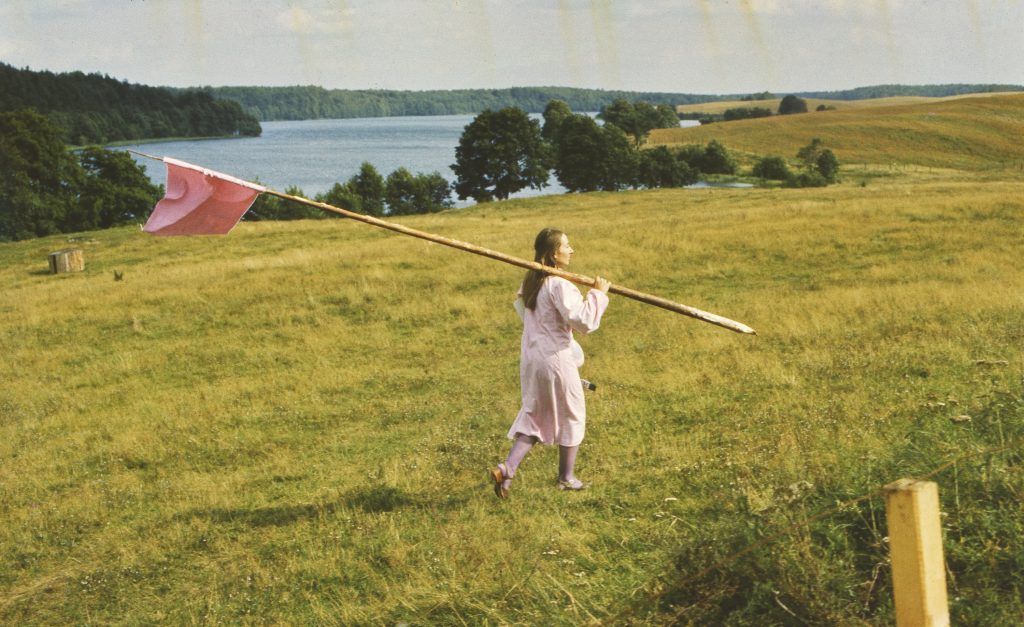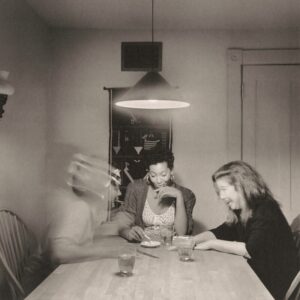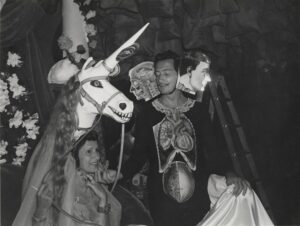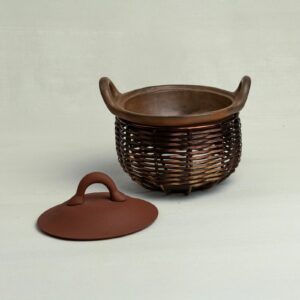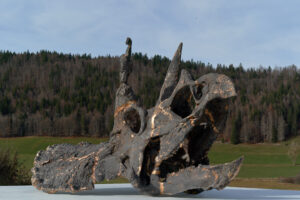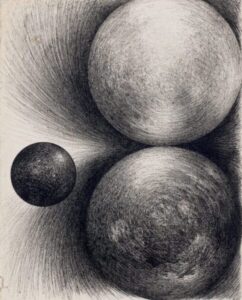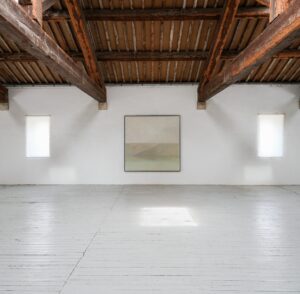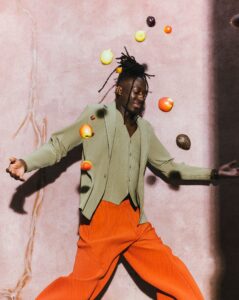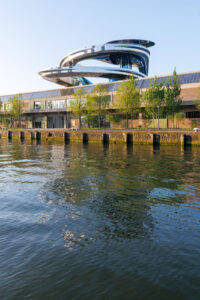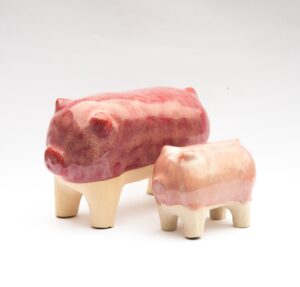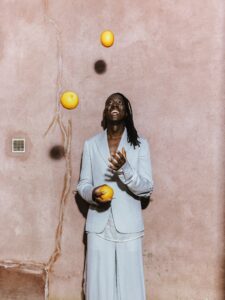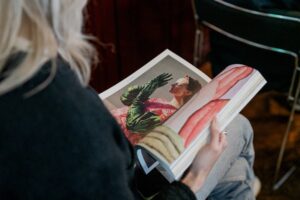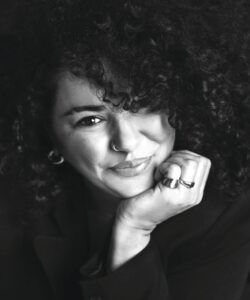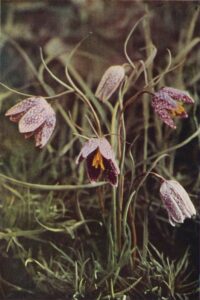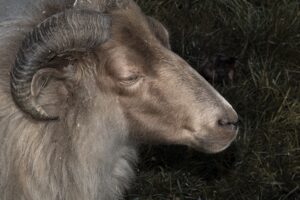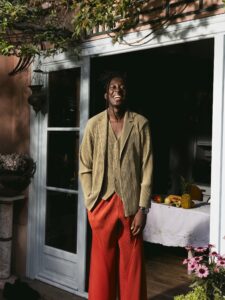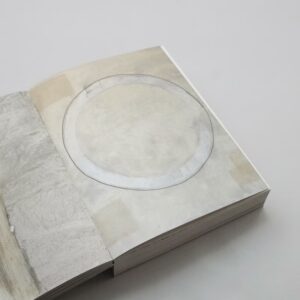Agnes Denes
Fields of vision
Although 93-year-old artist Agnes Denes can no longer travel, her forests and wheatfields remain nomadic, as she continues to relentlessly spread seeds for the future.
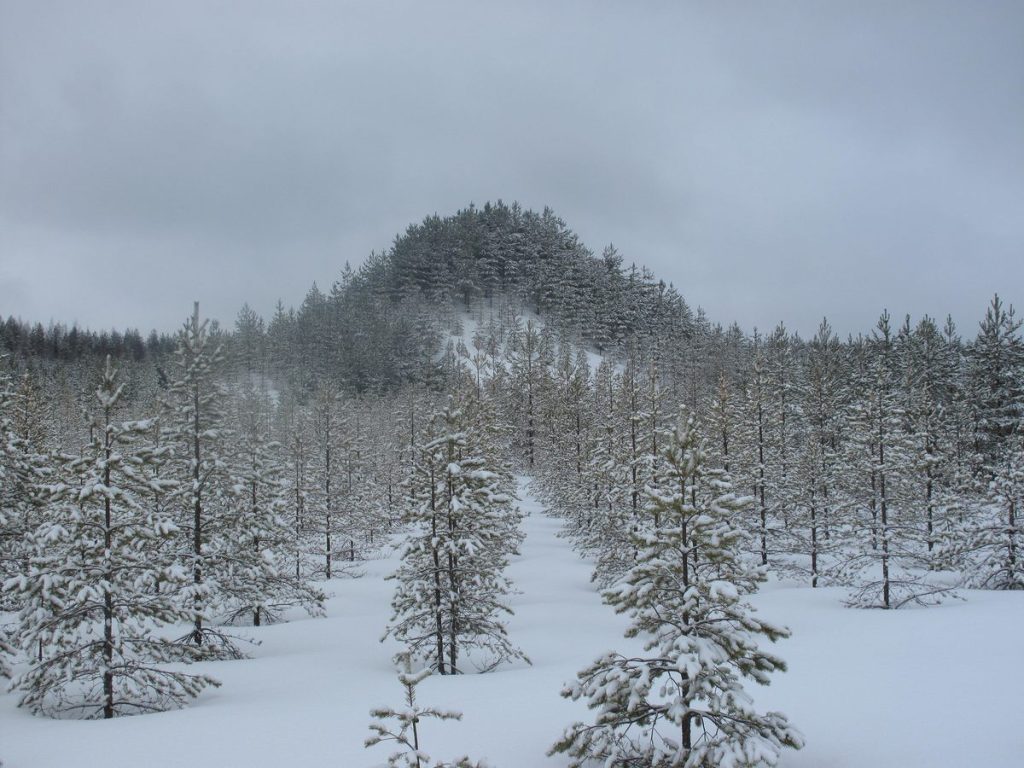
Artist Agnes Denes is 93 and dedicates her life to the planet. In 1982, she sowed a 2-acre wheat field on extremely valuable real estate in New York’s financial district, and in 1996, she planted a forest of 11,000 trees in Finland. Today, she mainly works in her studio and no longer travels the world. I visit Denes in her studio on the fifth floor of an old industrial building in SoHo, New York.
Beginning her artistic career as a painter, Denes soon found the canvas too restrictive. ‘I wanted to explore more, understand more, do more,’ she explains. ‘I went from two dimensions into three and then four dimensions.’ This transition marked the beginning of a body of work spanning more than half a century consisting of monumental ecological interventions through which she raises awareness about our relationship with the earth, while demonstrating how art can contribute to the betterment of society. Back in the 1960s, Denes was concerned about the state of our planet and humanity’s role in it. She knew that art, too, must change dramatically, so she deviated from the beaten path. ‘I started talking about the environment. They were laughing at me. “What’s wrong with the environment?” people said. I was teaching climate change in the late sixties, but nobody cared.
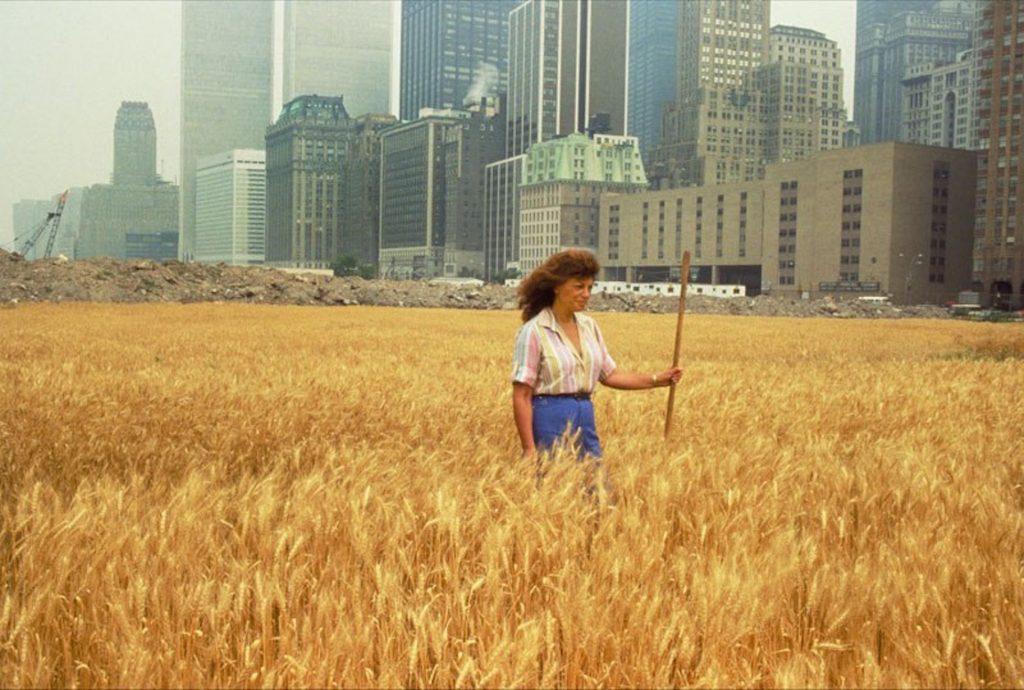
Slowly, I invented artworks that would change people’s thinking – without brainwashing them.’ To create Wheatfield – A Confrontation, internationally recognised as one of the most important works in the history of Land Art, Denes planted wheat on a landfill worth $4.5 billion at the time, located two blocks away from Wall Street and the World Trade Center, and right across the Statue of Liberty. The golden field drew attention to our misplaced priorities: the perpetual growth of our economy, which does not align with the ecological clock. After the wheat was harvested, the seeds travelled the world in an exhibition dedicated to combatting world hunger. Since then, Wheatfield has been replanted in London and Milan, and variations have recently been presented in Basel and Montana. ‘It’s about the value of repetition,’ Denes says. It’s not for my ego, it’s for understanding. I don’t frame my work; I gift it to the world.’
Throughout her career, Denes has also created questionnaires about hu- man values, quality of life, and the future of humanity with the responses saved in time capsules. ‘I’m interested in how the future will evaluate us and the mis- takes we made. In the next thousand years, a lot will happen. Maybe part of humanity will die out? It will be interesting to see how they will look back.’ When I ask her about her own future plans, Denes explains that she needs another 500 years to complete all her projects, realising that life is not infinite. ‘I’m 93 years old. I used to be able to do everything with my hands, they were so eloquent. Now I can’t do anything. But I taught myself to type with two fingers, and now I’m writing two books. You can’t stop creativity. You can’t stop this ex- pression that’s inside you that needs to be shared with people.’ One of her books includes an essay titled Long View Mirror. ‘I want a better mindset for humanity. I complain about our limited knowledge and understanding. I complain about our short-sighted vision. I want us to correct our mistakes before they happen.’ On my way out, Denes hands me a package of seeds from her recently harvested Wheatfield in Montana, asking me to find a place near a museum or university where they can be sown: ‘Plant hope and harvest peace.’
